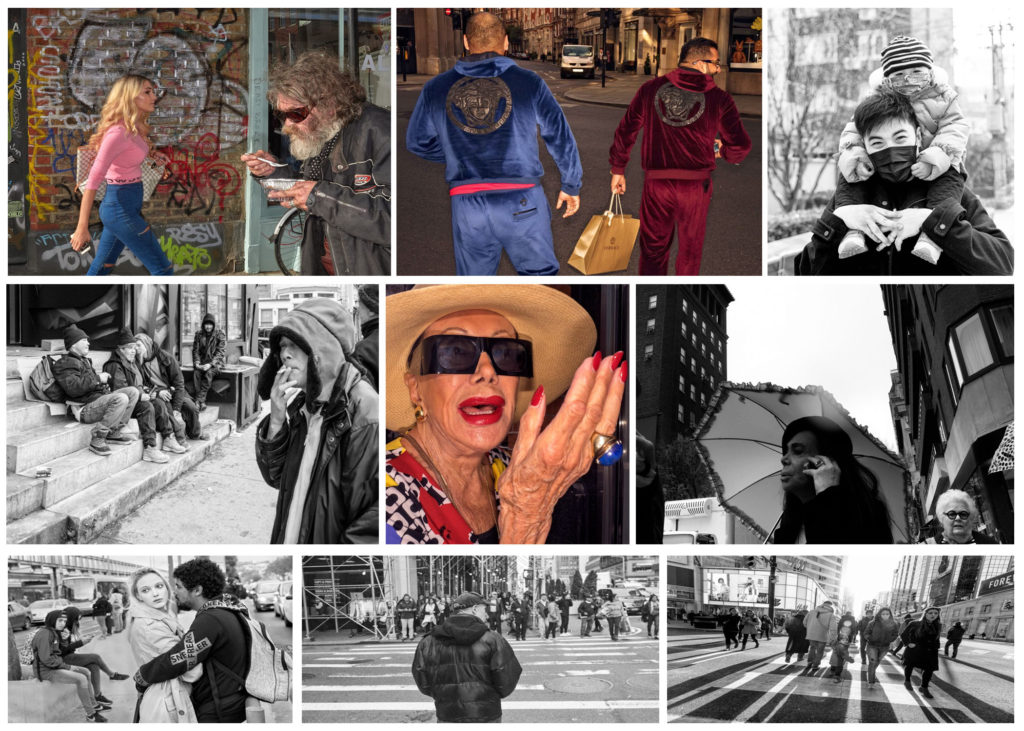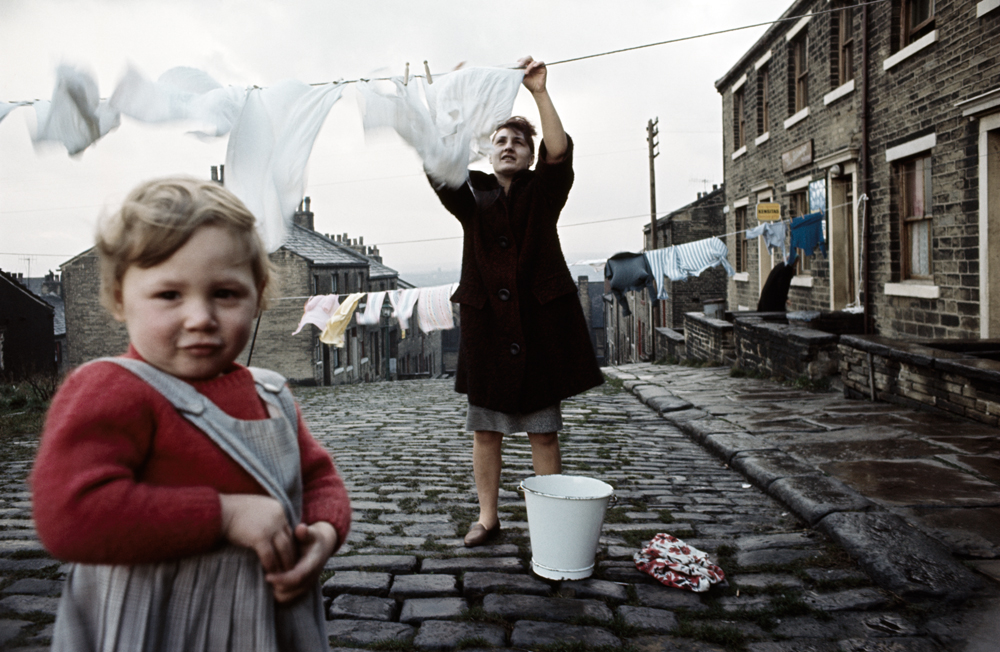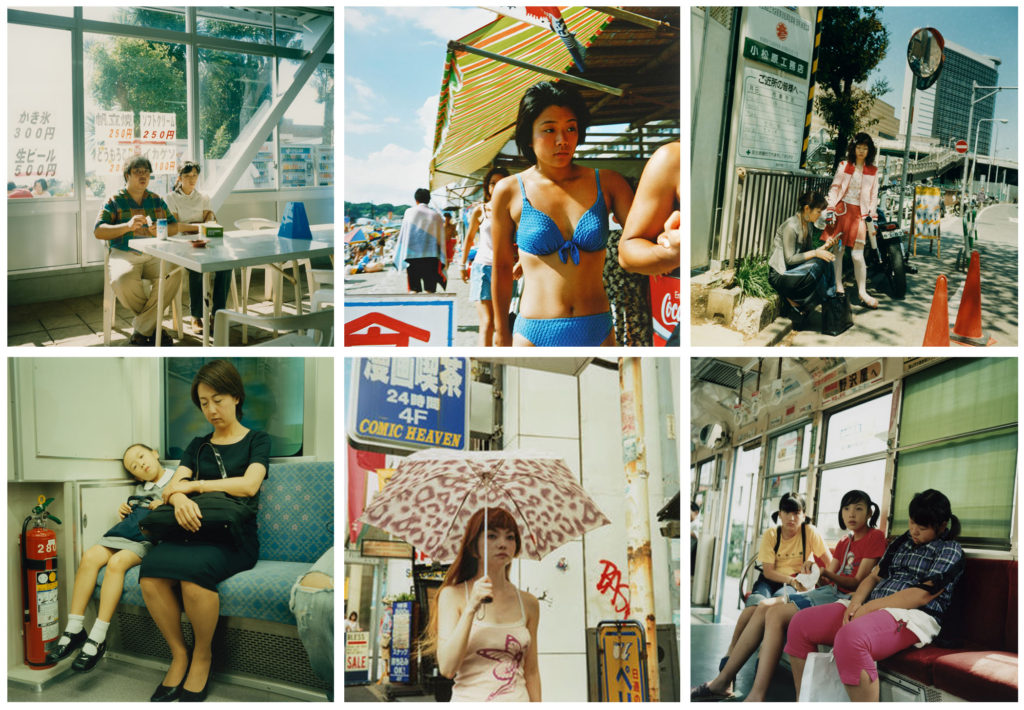
Street photography is photography conducted for art or enquiry that features unmediated chance encounters and random incidents within public places. Street photography is a sub genre of photojournalism. The very publicness of the setting enables the photographer to take candid pictures of strangers, often without their knowledge. Street photographers do not necessarily have a social purpose in mind, but they prefer to isolate and capture moments which might otherwise go unnoticed. Framing and timing can be key aspects of the craft with the aim of some street photography being to create images at a decisive or poignant moment. Street photography can focus on people and their behavior in public, thereby also recording people’s history.

This image was taken of a mother and child by John Bulmer in 1965. Bulmer had his own style of street photography, taking intimate close shots of people on the streets and public places done with a wide-angle lens interspersed with compressed views of architecture, industry and townscape with a longer lens. The long lens was also used to isolate a figure on the streets. In addition to Cartier-Bresson, Bulmer admired the work in black and white of Bill Brandt, Larry Burrows, William Klein, Mark Kauffman, and particularly Eugene Smith; but he was asked to work in colour for the Sunday Times Colour Section from its launch in 1962. At the time, most photojournalists looked down on colour photography as commercial; and colour film was difficult to work with as it was slower than black and white and had less exposure latitude
Mikiko Hara

